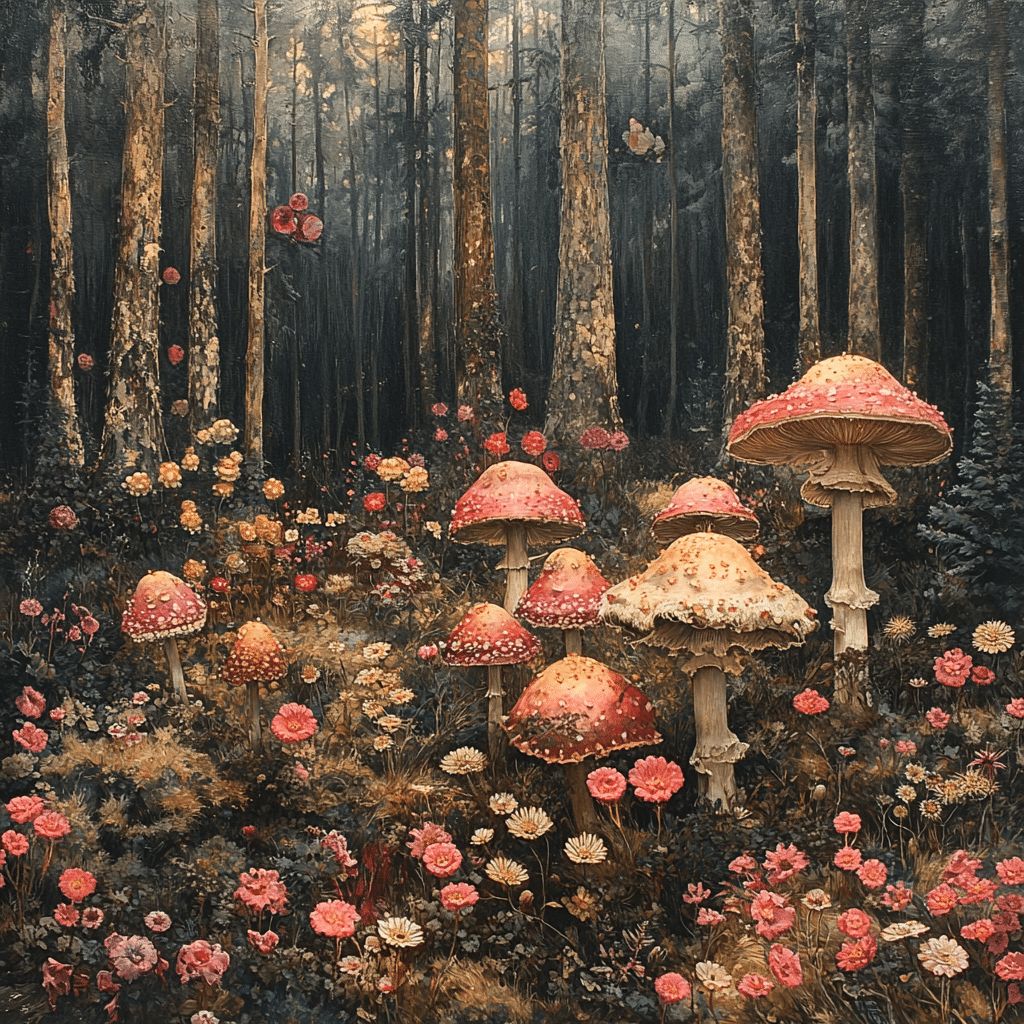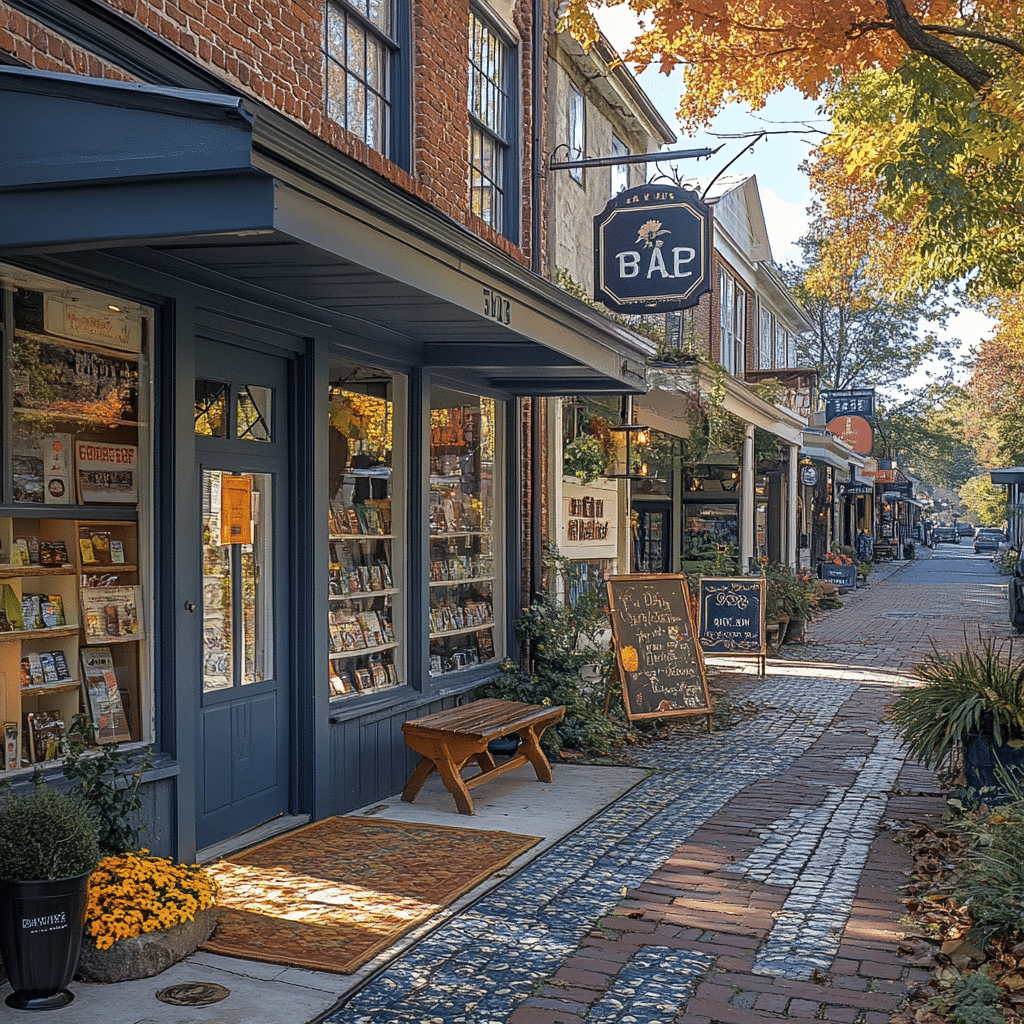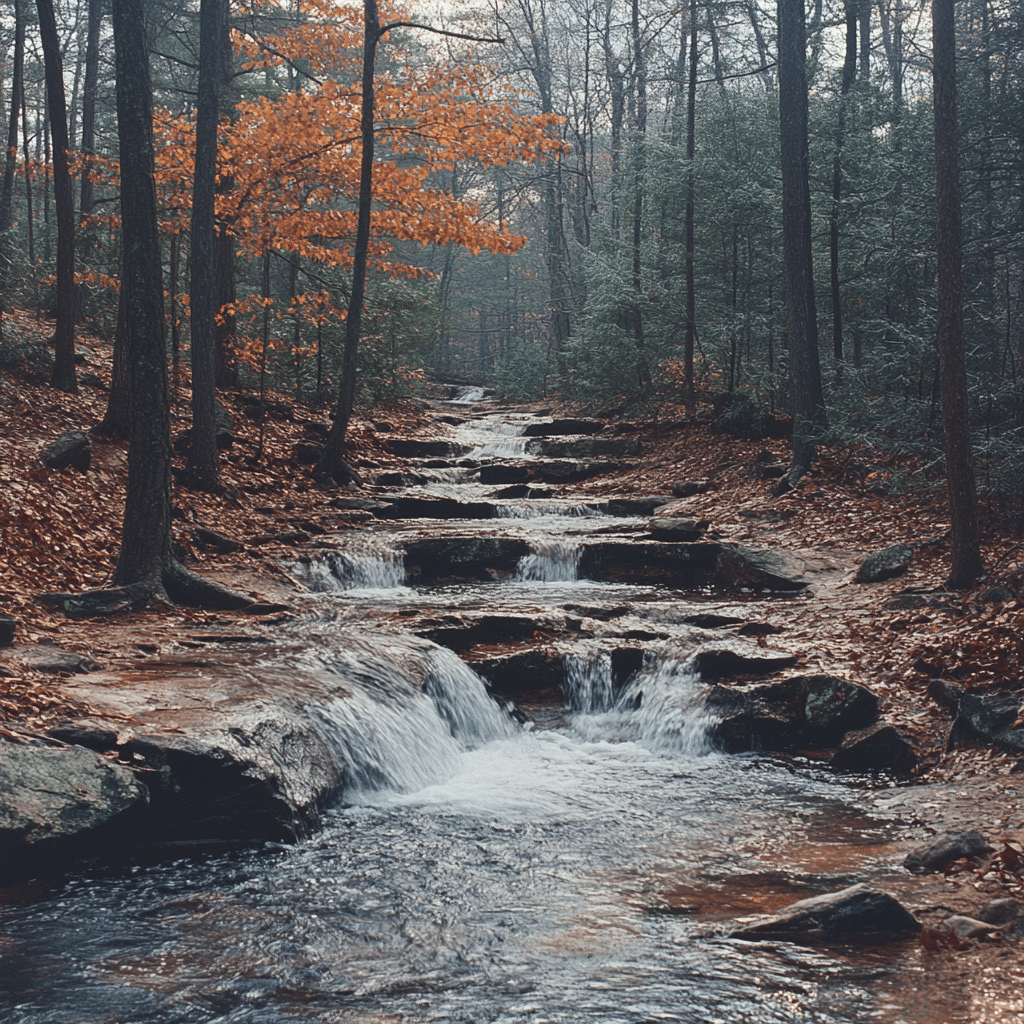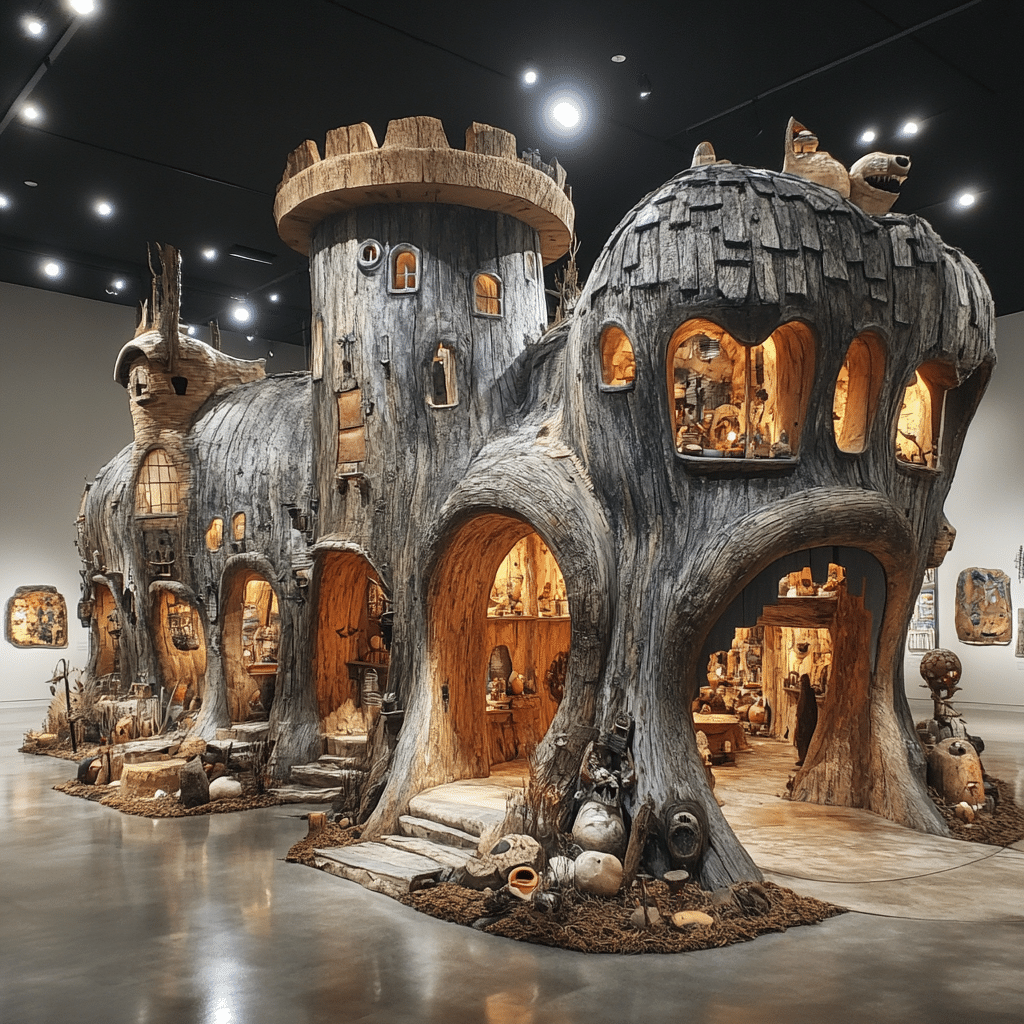When you think about a dense forest, you might picture towering trees, rustling leaves, and the sun filtering through an emerald canopy. However, there’s a hidden world beneath this beautiful façade—the understory. This lesser-seen layer brims with life, often going unnoticed, yet it plays a crucial role in transforming forests forever. It’s not just a place for young trees and shrubs; it’s a bustling hub of biodiversity, nutrient cycling, and ecological interactions that are vital for our planet’s health.

The Hidden Importance of the Understory Layer
Underneath the grand display of the canopy lies the understory, a vibrant collection of plants, small trees, and a medley of wildlife. This layer often takes center stage in discussions about forest ecology, although it’s often overshadowed by the lofty giants above. Did you know that the understory can harbor up to 50% of a forest’s total plant species? This boom of life is essential not only for itself but also for the interconnected web of organisms that rely on it, from insects to larger mammals.
Scientists have recently reignited interest in the understory through transformative research. They highlight its role in maintaining tissue dynamics and nutrient cycling, suggesting that managing the understory could significantly improve forest resilience. These findings unveil how vital the understory is, not just locally but on a global scale, as it directly affects climate regulation, biodiversity preservation, and the fight against deforestation.

7 Transformative Benefits of the Understory
The understory is overflowing with species diversity. For instance, the Flowering Dogwood (Cornus florida) flourishes in this ecosystem, providing habitats for various insects, birds, and mammals. This biodiversity isn’t just pretty; it plays a significant role in ecological stability, making forests more resilient against environmental changes.
The robust root structures of understory plants, like Podocarpus, contribute significantly to soil health. They enhance stability and help break down organic matter, which enriches the soil for future generations. Without this underground support, the tall canopy trees wouldn’t withstand storms or droughts as effectively.
Beautiful flowers in the understory, such as Bluebells (Hyacinthoides non-scripta), create a vital food source for pollinators. Their presence boosts bee populations and supports the reproduction of tree species needing these insects. Essentially, the understory acts as a lifeline, connecting various species while promoting a healthy forest ecosystem.
Did you know that the understory can capture significant amounts of carbon dioxide? Studies reveal that forest areas rich in understory plants absorb more CO2, contributing to climate change mitigation efforts. Imagine not just trees but a whole ecosystem working together to fight global warming—what a game changer!
The unique vegetation in the understory helps regulate temperature and humidity. This microclimate creates a cozy environment for sensitive species, sheltering them from harsh weather conditions. It’s like a protective blanket for these delicate plants, ensuring their survival in varying climates.
The understory promotes water retention through its foliage, minimizing runoff while facilitating deeper soil infiltration. Plants like ferns thrive here, continuously recycling nutrients back into the ecosystem, which is especially critical in drier regions. This layer supports not just plant life but the entire forest community.
Indigenous communities, such as those exploiting wasabi root or Echinacea, have long recognized the medicinal properties of understory plants. They’ve utilized these plants for generations, showcasing the intertwined relationship between culture, tradition, and the ecosystem. As we explore these forest depths, there’s a wealth of knowledge waiting to be uncovered.
The Role of Understory in Forest Management
Understanding the understory is paramount in contemporary forest management practices. Ecologists emphasize that preserving this layer can lead to healthier ecosystems. Techniques like selective thinning, allowing more light to touch understory plants, can promote plant diversity and support regeneration. Effective management benefits not just the forest but also the people who rely on them, economically and ecologically.
A prime example is the collaborative efforts of the Forest Service in the United States. Their innovative programs focusing on understory health have led to significant improvements in forest vitality. It’s a win-win: healthier forests mean better air and water quality, which in turn benefits local communities and economies.
Unique Case Studies: Inspiring Global Examples
Explore the strides made at the Montgomery County Forest Park and Nature Center in Maryland, where conservationists have poured heart and soul into enhancing understory biodiversity. By reintroducing native understory species, local wildlife populations, including essential pollinators like bees, have rebounded, showcasing the direct impact on ecological balance.
Over in Taman Negara National Park in Malaysia, similar success stories unfold. Efforts to protect the understory have safeguarded endangered species, maintaining ecological equilibrium. As we look at these inspiring examples, it becomes clear that prioritizing the understory is no mere choice—it’s a necessity.
Transformative Insights for the Future
As we dive deeper into discussions surrounding climate awareness, we must amplify the significance of the understory. Investment in research initiatives can unravel its full potential, offering solutions to bolster conservation efforts. Furthermore, local communities can engage in preservation practices, weaving in traditional ecological knowledge with modern sustainable strategies.
Ultimately, the understory holds secrets that go beyond what meets the eye. Understanding this hidden layer is key to nurturing resilient forests capable of withstanding the tests of time and climate change challenges. As we embrace the stories buried within our forests, we unlock the tools needed for restoration and sustainability.
In our quest for deeper connection with nature, let’s draw inspiration from the realms below the canopy and strive towards a more balanced and harmonized ecosystem. Together, by revealing these understory secrets, we can journey toward nurturing forests that not only thrive for us today but for generations to come.
Understory Wonders: Unearthing Nature’s Hidden Gems
Nature’s Tangled Wilderness
The understory is like the hidden layer of a bustling city—it’s alive with activity but often overlooked. This crucial part of the forest is home to a rich diversity of plants, fungi, and wildlife that play a significant role in the ecosystem. Did you know that certain understory plants are vital for soil health? They prevent erosion and help retain moisture, making the forest floor a thriving habitat for everything from insects to mushrooms! Speaking of mushrooms, some, like the elusive wasabi root, can even be cultivated in these shaded environments, showcasing just how diverse this hidden space can be.
Interconnected Life
If you wander through a forest understory, you’ll encounter a fascinating network of relationships. For instance, some animals, like deer, feed on understory plants, while birds find shelter among lower branches. It’s fascinating how interconnected life is in this layer—something we can all learn from! Interestingly, the understory is also a hotspot for pollinators. Without them, many plants and flowers—think of that refreshing Boba bliss—would struggle to thrive. Just imagine how delightful a walk in the woods can be when surrounded by the sweet smell of blossoms.
The Sound of Nature
You might not think of music when considering the understory, but listen closely. The sounds of rustling leaves and chirping crickets create a symphony that highlights the vibrancy of this hidden world. Strangely enough, some studies suggest that certain frequencies can even encourage plant growth! This is akin to how different seasons bring about changes in our own lives—similar to the way trends shift in popular culture, like the current whistle britches trend in fashion. Nature’s rhythm is a reflection of life itself; both are ever-changing and full of surprises.
In essence, the understory is more than just a transitional area between the forest floor and the canopy—it’s a treasure trove of life and connections that inspire resilience. So next time you step into a forest, take a moment to appreciate the understory’s role. After all, these hidden layers could teach us a thing or two about sustainability, much like the initiatives we see at Goodfellow Afb, or the creative charm of a well-designed shower caddy that maximizes space in small homes. By embracing the beauty and function of the understory, we not only enrich our own lives but also help safeguard the balance of nature.

























